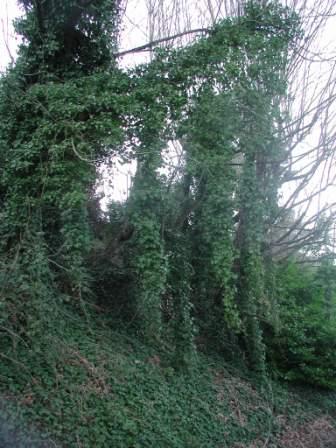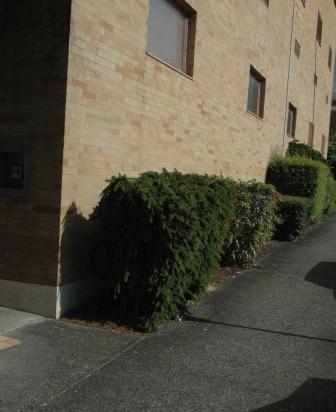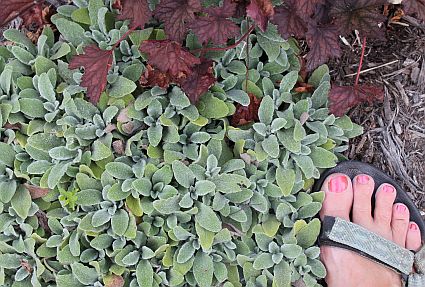OK, this Friday’s quiz is the real deal: everyone gets to play “Extension Specialist for a Day”. I am stumped on this and so are my colleagues here at MSU. I used to work for a guy who liked to say, “None of us is as smart as all of us”. Let’s put it to the test.
The photos below come from a nursery here in Michigan. The trees are container-grown Red sunset maples. Pretty routine crop around here. The trees look fine: good color, full crowns, growing well. The only problem is that nearly all of the trees have bumps along the bottom 8” or so of the trunks. The grower is concerned, and rightly so, about consumer acceptance of the trees. The trees have been examined by a highly qualified pathologist – no evidence of fungal disease; and by a highly qualified entomologist – no evidence of insect activity. The grower is sitting on several hundred of these trees. What should I tell him?

NOTE: The name of the nursery is confidential – they just used the calipers from Schumacher’s in the photo.




















